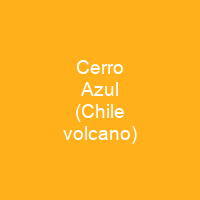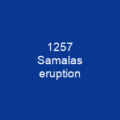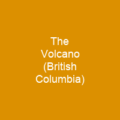Cerro Azul is an active stratovolcano in the Maule Region of central Chile, immediately south of Descabezado Grande. Its summit is 3,788 meters above sea level, and is capped by a summit crater that is 500 meters wide and opens to the north. Beneath the summit, the volcano features numerous scoria cones and flank vents. It is responsible for several of South America’s largest recorded eruptions, in 1846 and 1932.
About Cerro Azul (Chile volcano) in brief

The largest historical eruption was at Quizapu Crater, which sent 9. 5 cubic kilometers of ash into the atmosphere in 1932. It could again produce a major eruption; if this were to happen, relief efforts would probably be quickly organized. Volcanism in the Chilean Andes is caused by subduction of the Nazca and Antarctic tectonic plates under the South American Plate. Intraplate volcanism generated from the Easter and Juan Fernández hotspots has formed many Chilean islands, including Isla Salas y Gómez, Easter Island, and the Juan Fernandez Islands. Underwater volcanism occurs due to seafloor spreading along the Chile Ridge. The gap that separates the Central and South Volcanoic Zones is due to shallow-angle subduction in the Pampean flat-slab segment where the more buoyant Juan Fernandez Ridge subducts under the south American continent. The Patagonian Volcanics Gap, which separates the South and Austral VolcanIC Zones, is causing by the subduction of the Chile ridge. It may instead arise because melting of the subducting slab there produced felsic igneous rocks instead of volcanoes. It’s less clear whether this gap also isdue to flat- slab subduction; it may instead be due to melting of a slab there that is in contact with the mantle.
You want to know more about Cerro Azul (Chile volcano)?
This page is based on the article Cerro Azul (Chile volcano) published in Wikipedia (as of Dec. 03, 2020) and was automatically summarized using artificial intelligence.







